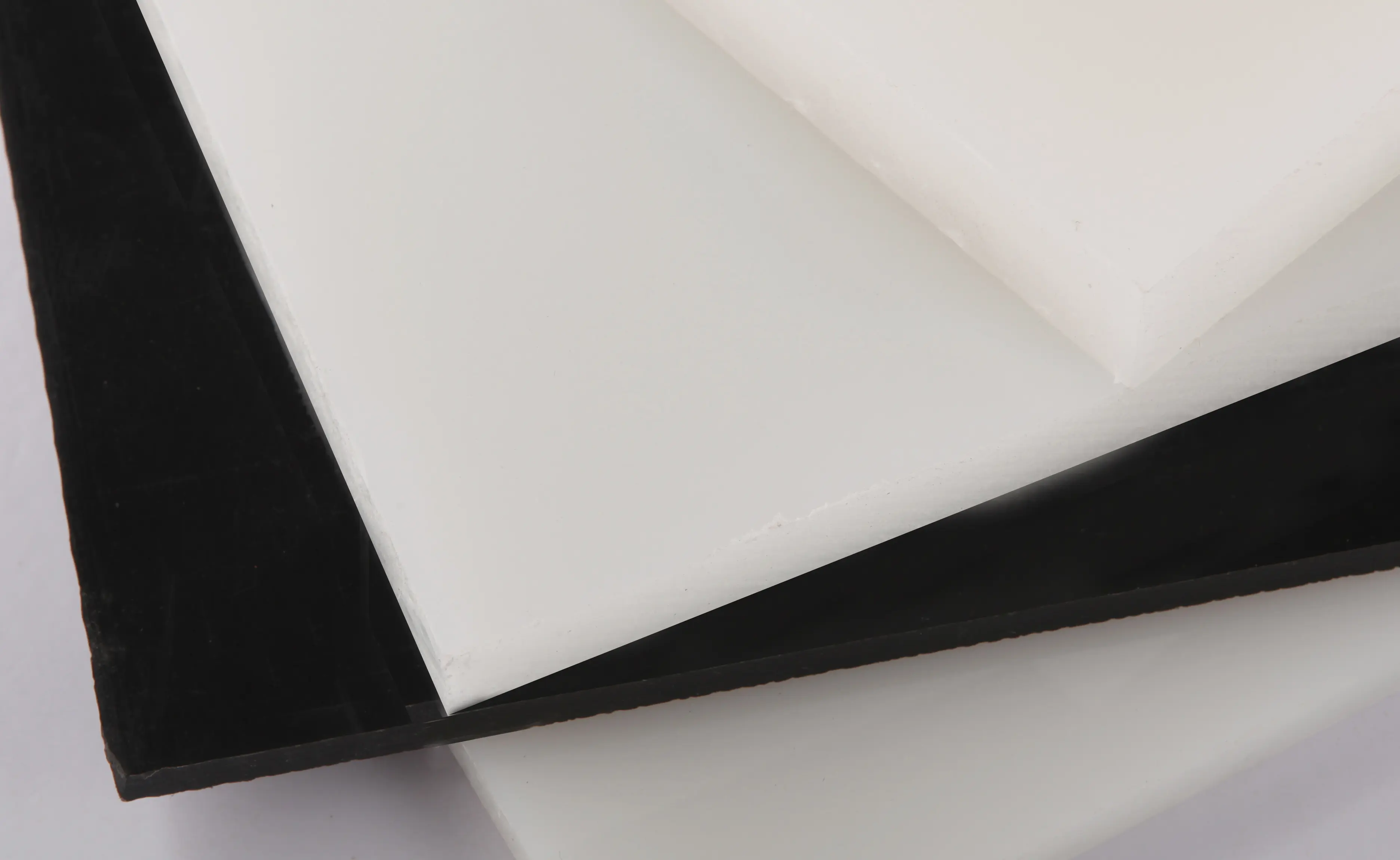12月 . 12, 2024 19:14 Back to list
pipe fittings
An Overview of Pipe Fittings
Pipe fittings play a crucial role in various industries, connecting pipes and ensuring the efficient flow of liquids and gases. This article delves into different types of pipe fittings, their materials, applications, and installation techniques, providing a comprehensive understanding of their importance in modern plumbing and piping systems.
Types of Pipe Fittings
Pipe fittings come in a variety of shapes and sizes, each designed for specific applications. The most common types include
1. Elbows These fittings allow for changes in the direction of pipes, typically at 90 or 45 degrees. Elbows are essential for navigating around obstacles in piping systems.
2. Reducers Used to connect pipes of different diameters, reducers can either be concentric or eccentric. They help facilitate changes in flow rates and pressure, making them ideal for systems requiring fluid transitions.
3. Tees These fittings provide a branch connection to a main pipeline, allowing the flow of liquids or gases in multiple directions. Tees are invaluable in distributing fluid across various paths.
4. Couplings Couplings are used to connect two sections of pipe directly. They are available in various styles, including slip and threaded couplings, and are fundamental in extending piping runs.
5. Caps These fittings close off the ends of pipes, preventing flow. Caps are essential in situations where a section of the piping system needs to be sealed or plugged.
6. Bushings A bushing is a fitting used to connect pipes of different sizes, facilitating a smooth transition while conserving space in the installation.
7. Flanges Flanges allow for the connection of pipes, valves, and other fittings. They provide a robust joint that can be easily disassembled, making maintenance and repairs straightforward.
Materials Used in Pipe Fittings
Pipe fittings are manufactured from various materials, each offering distinct characteristics suited for different applications. Some common materials include
1. PVC (Polyvinyl Chloride) Widely used in residential plumbing systems, PVC is lightweight, corrosion-resistant, and cost-effective. Its ease of installation makes it an attractive option for many DIY projects.
pipe fittings

2. Copper Known for its durability and resistance to corrosion, copper fittings are often used in plumbing systems. They can withstand high temperatures and pressures, making them suitable for hot water applications.
3. Stainless Steel Stainless steel fittings provide strength and resistance to oxidation and corrosion. Their use is prevalent in industries like food processing, pharmaceuticals, and chemical manufacturing, where hygiene and durability are paramount.
4. Galvanized Steel Often used in outdoor or industrial settings, galvanized steel fittings are coated to resist rust and corrosion. They are suitable for potable water systems but can corrode when exposed to certain chemicals.
5. Brass Brass fittings are commonly used in plumbing applications due to their resistance to corrosion and attractive appearance. They are often found in fixtures and faucets.
Applications of Pipe Fittings
Pipe fittings are critical components in various applications, including
- Residential Plumbing From drainage systems to water supply lines, pipe fittings ensure the proper distribution of water throughout a home. - Industrial Systems In manufacturing and processing facilities, fittings are essential for transporting chemicals, gases, and other materials safely.
- HVAC Systems Fittings are used to connect ductwork, allowing for efficient air distribution in heating, ventilation, and air conditioning systems.
- Irrigation and Agriculture Pipe fittings are vital in agricultural applications for irrigation systems, ensuring water reaches crops effectively.
Installation and Maintenance
Proper installation of pipe fittings is essential to ensure a leak-free system. It involves measuring, cutting, and joining pipes accurately. Depending on the fitting type and material, techniques can vary, including solvent welding for PVC, soldering for copper, and threading for steel.
Regular maintenance involves inspecting the fittings for wear and potential leaks. Corrosion can be a significant issue for metal fittings, while plastic fittings may degrade over time due to UV exposure or chemical reactions.
Conclusion
In summary, pipe fittings are indispensable components of plumbing and piping systems across various industries. Understanding their types, materials, applications, and installation practices is crucial for anyone involved in the design, maintenance, or operation of these systems. By ensuring proper usage and maintenance, we can optimize functionality and prolong the lifespan of these essential fittings, contributing to the efficiency and reliability of our plumbing infrastructures.
-
HDPE Natural Sheet: Durable, Food-Grade & Versatile Plastic Solutions
NewsAug.27,2025
-
Durable Glossy PVC Rigid Sheet | Premium High-Shine Panels
NewsAug.26,2025
-
Durable PP Rigid Sheet: Lightweight, Chemical Resistant Solutions
NewsAug.21,2025
-
PVC Grey Sheet for Extraction: Chemical Resistant & Durable
NewsAug.19,2025
-
Durable PVC Pipe Fittings for Plumbing & Irrigation Needs
NewsAug.18,2025
-
HDPE Steel Belt Reinforced Spiral Corrugated Pipe | High Strength
NewsAug.17,2025

